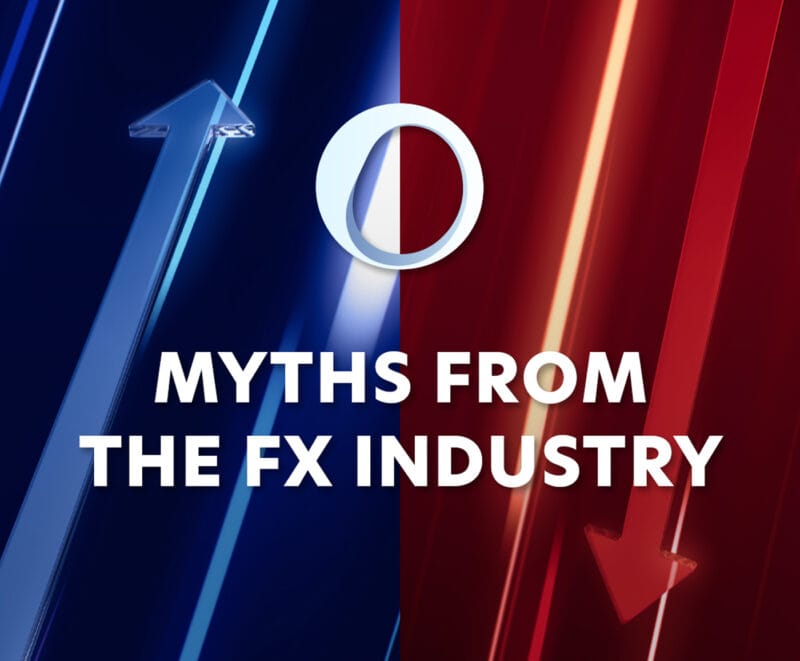This is part one of our five-part series on the History of Fintech. Stay tuned for future additions.
Once upon a time, banks were the backbone of the financial system. Reputation, legacy, and trust were their key value propositions, and, without high-speed communication or frequent travel, the idea of global competition was basically unthinkable. The technology they used was proprietary and largely analog.
Then a confluence of technology, financial instability, and surging regulation changed the landscape completely. Startup challengers rose up to steal away slices of the financial pie. And while most failed, enough succeeded that today there is a rich and complex global ecosystem of fintechs ranging from single-utility services to full-scale neobanks.
By 2025 it is expected that the total market value for global fintechs will reach over $300 billion. The line between legacy institution and fintech is blurring, as incumbents invest in, acquire, or partner with their would-be competitors.
Today, as we imagine how traditional banking will evolve over the next five years, it’s useful to reflect on the trends and tech that have led to this massive shift in an industry that has historically been characterized by stability and independence.
Technology before fintech
Before fintech was a buzzword, banking itself was considered a very tech-forward industry. Many of the tools we still use today were pioneered by financial institutions throughout the 19th and 20th centuries. Already in the 1870s, Western Union introduced the first form of remote payments which operated over telegraph lines.
The first credit card was issued in 1950 by the Diners Club, and the first ATM appeared in 1969 — promising a bank that would open and then “never close again.” In 1971, Nasdaq opened as the world’s first electronic stock market, followed quickly by the introduction of SWIFT in 1973, which still serves as the most-used communication protocol for cross-border payments.
Want access to the best fintech products on a central platform? Our platform reduces costs, drives automation, and delivers efficiency within Capital Markets. Learn more
The introduction of mainframe computers in the 1980s led to massive digital development, and banking was one of the first industries to embrace the Internet in the 1990s.
The Stanford Federal Credit Union was the first financial institution in the US to offer online banking to its customers in 1994 — the same year the first ecommerce transaction took place. In 1996, NetBank became the first internet-only bank — far preceding the current trend of digital and neobanks. By 1997, the technology for contactless payments was already in use, though it wasn’t until the mid-2000s that it gained widespread use.
Though many of these innovations were the result of collaboration between financial institutions and technologists, it was still expected to keep these systems in-house. Banks retained end-to-end control of their services, fiercely guarding their customer base from competitors.
But a conflagration of technological development and societal change in the 2000s would soon change all of that.
Market forces behind the emergence of fintech
It’s obvious that there would be no fintech revolution without a corresponding leap in technology. The increasing accessibility of mobile phones with access to the internet was the tipping point for many fintech ventures, which now had much lower barriers to entry to reach a growing consumer base.
Customers, too, were increasingly willing to try out new financial apps and services, since the financial crisis of 2008 shook consumer confidence in traditional banking. As online business and e-commerce grew, customers began to expect the same level of service and always-on communication from their banks.
Should banks view fintechs as a cause for rivalry or collaboration? Read why we think both can thrive in the world of finance if they join forces.
Another fallout of the 2008 crisis was a dramatic increase in regulatory oversight, leading to huge cost increases. This led to a huge burden of compliance, costing the six largest banks in the US approximately $70 billion annually, according to one analysis. Not only did this increase prices for customers, it also restricted which services banks were allowed to offer, especially in terms of moneylending.
Taken together, this created the perfect environment for enterprising startups who were able to sidestep the issue of burdensome regulations by not operating as banks.
Fintech 1.0: experimental unbundling
The earliest fintechs were experiments in individual banking services. The focus was largely on retail banking, as startups attempted to differentiate themselves with better customer service, more modern branding and messaging, and competitive pricing models.
Empowered by VC money, thousands of fintechs sprang up, competing not only with banks but also with each other as each attempted to capitalize within their own niche service area, largely within payments, lending, and wealth management.
One of the earliest fintech success stories is PayPal, which launched in 2000 as one of the first online payment systems. Unlike many of its competitors, PayPal was not dependent on banks to scale or find customers. Instead, through its partnership with eBay and their aggressive marketing — at times offering a cash incentive of $5 or $10 to new account holders — PayPal surged into prominence and became a backbone of online payments.
Other fintechs who tried to compete with some of banking’s more traditional services like lending, struggled to find purchase in a new field. They may have been able to offer better services and pricing, but without access to the underlying banking infrastructure, they were unable to really disrupt the industry or threaten legacy institutions.
According to McKinsey, between 1995 (the year Netscape IPOed) and 2002 (the year eBay bought PayPal), over 450 startups attempted to disrupt the financial industry, but only five still exist as stand-alone entities today.
Difficult but not impossible: breaking through the banks
It’s easy to see why, in these initial attempts to disrupt traditional finance, many banks were unthreatened. Most took a “wait and see” approach, continuing to develop their own digital and mobile banking services without focusing on any particular fintech challenger.
But as fintechs increased in both ubiquity and market cap, banks began to hedge their bets by investing in or acquiring those placed in strategically competitive service areas. Finance leaders began to wonder: is banking a service? Or a commodity?
Stay tuned for part two — where we’ll explore the continued response by banks, the emerging limitations of fintechs, and the evolution of core banking — coming soon.
About United Fintech
United Fintech offers the best fintech products on one central platform. We enable banks and financial institutions to access innovative digital technologies — including real-time data, trading charts, and financial news — by partnering with engineering-led fintech companies with proven capital markets products.
Learn more at https://unitedfintech.com/














